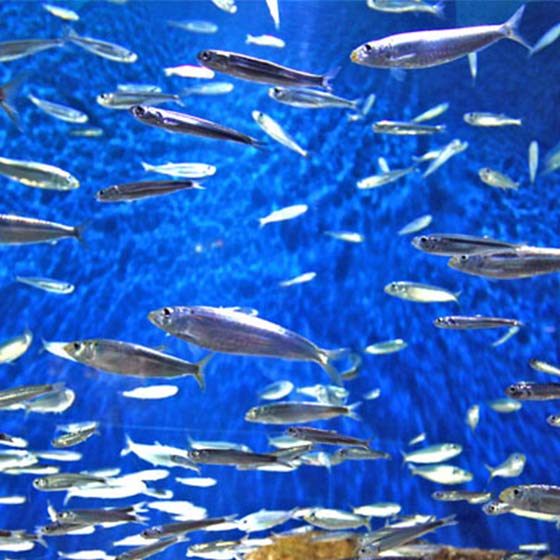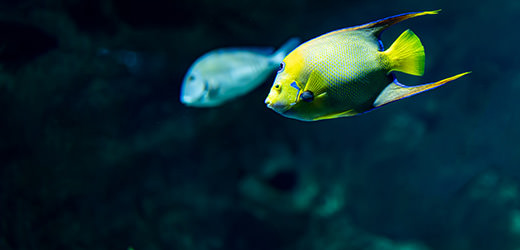Biology
This gregarious pelagic fish migrates into the open ocean in the winter. It returns to the coasts in the spring, where it is actively fished all summer long.
These sardines tend to feed at night. During the day, they inhabit depths of 25 to 55 m, and even up to 100 m, and then return to 10 m at night, following the vertical migration of the zooplankton on which they feed. They leave their mouths open as they swim, to let the water in. That water then passes through the gills, which hold onto any prey, and then comes back out at the opercles.
The European pilchard spawns all year round, peaking in the spring in the Bay of Biscay. The female can lay up to 60,000 eggs that float at depths of 10 to 70 m. The male fertilizes them in the open water, and they hatch into 4 mm larvae two to five days later. Sardines grow quickly and their life expectancy is probably less than 10 years.



